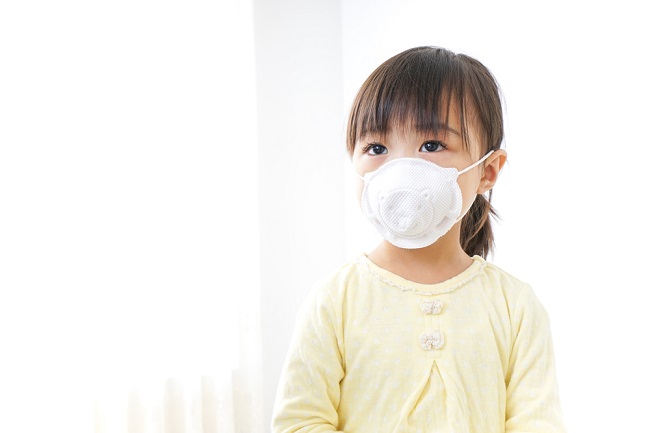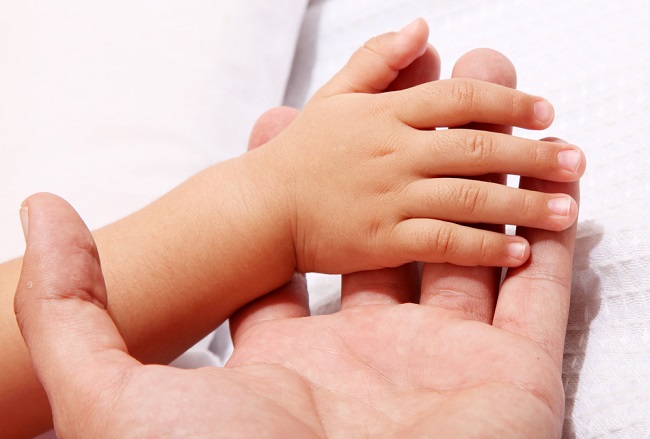Skin allergy in children is a condition that enough common. There are various types and symptoms. As a parent, you must understand what types of skin allergies are prone to be experienced by Si Small, including the trigger factor.
Allergies are reactions of the immune system to a foreign substance that is actually harmless, but is considered a threat by the sufferer's body. Substances that trigger allergies are called allergens, and allergens in one patient are not necessarily the same as allergens in other sufferers.

When a child has a skin allergy, it means that there is an allergen exposure to his body, it can be from the air that the child breathes; the food, drink, or medicine he consumes; as well as certain materials or substances that come into contact with the skin.
TypeSkin Allergies on Child
As previously stated, allergic skin reactions can occur when children are exposed to substances that trigger allergies (allergens). Exposure to these allergens does not have to be directly on the skin, but can also enter through the digestive or respiratory tract.
The following will explain further about some types of skin allergies that are common in children:
Allergic contact dermatitis
Allergic contact dermatitis is a type of skin allergy in children that occurs after the child's skin is directly exposed to allergens, such as plant sap, soaps, lotions, perfumes, even jewelry and make-up.
Allergic contact dermatitis is characterized by the appearance of a red, swollen and itchy rash on the skin area exposed to the allergen. Symptoms of allergic contact dermatitis can also include dry, scaly skin.
hives
Hives are a type of skin allergy in children that can be triggered by many factors, ranging from insect bites or stings, latex material, saliva or animal hair, viral infections, antibiotic drugs, to foods, such as milk, eggs, nuts, or seafood.
Hives can be characterized by the appearance of red, itchy bumps in several parts of the body. Red bumps from hives can appear suddenly and subside within a few minutes to a few hours. However, it can also appear slowly and persist for several days or even weeks.
Eczema
Eczema or atopic dermatitis is an inflammatory reaction of the skin characterized by the appearance of a red rash that gets more itchy when scratched, dry skin, and rough skin thickening. This thickening is formed gradually due to frequent scratching of the skin.
Eczema is usually experienced by children aged 1-5 years. Allergic skin reactions in children with eczema often appear on the cheeks, back of the neck, back, chest, and stomach.
This type of skin allergy can be triggered, among others, by dry air, sweat, dust, pollen, animal hair, soap, and detergent. In addition to exposure to allergens on the skin, consume certain foods, such as eggs, nuts, cow's milk, wheat, and seafood, can also trigger eczema in children.
These are some of the most common types of skin allergies in children. If your little one often experiences rashes, itching, or swelling of the skin after inhaling, touching, or consuming a substance that is suspected of being an allergen, avoid the allergen as much as possible.
Instead, take your little one to the doctor so that the type of skin allergy he is experiencing and the trigger can be identified with certainty through an allergy test. After that, the doctor will tell you how to prevent the recurrence of allergies in children and how to handle them if at any time the allergies recur.









